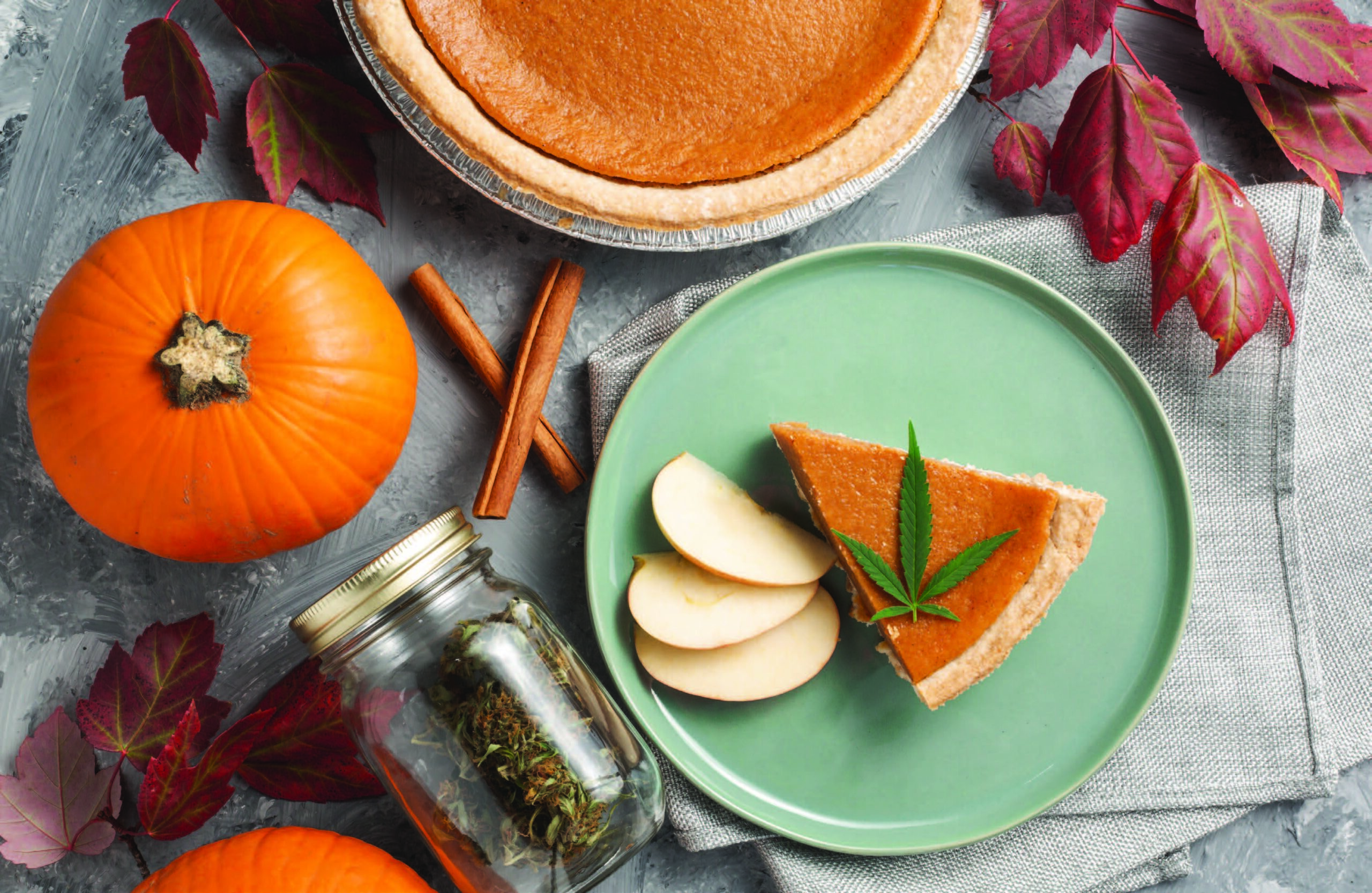Cooking in the summertime is easy. The ingredients are so fresh that you barely have to put any effort into it at all. It’s not that simple in the wintertime, though. Sure, you could eat summery, easy to prepare foods, but are you really in the mood for a salad? I honestly can’t remember if I’ve ever said, “Yes, cold lettuce will do the trick!” on a frigid, winter day.
So, I tend to eat a lot of meat in the wintertime. Sure, you’ll find a piping hot bowl of mac and cheese or a thick and creamy clam chowder on my table, but comfort food is really defined by all those tasty stews and braises. Compared to summertime cooking, these low-and-slow dishes create bold flavors, which take time to coax together. If you did it right, you’ll end up with a melt-in-your-mouth tender bite of shredded meat. Unfortunately, it’s easy to do it wrong, which means a chewy hunk of sadness.
There’s a secret to making the perfect pot roast or green chili stew, and it all has to do with your choice of meat. If you try to use the same tender cuts of meat you’d throw on the grill, you’re in for a depressing surprise. Prized cuts of pork, beef, and chicken tend to be the most expensive, but that doesn’t mean they’re always the best. Yes, when it comes to stews and braises, you need to find a way to brag to yourself about what a great deal you got on that chuck roast.
You see, expensive pork chops, filet mignon, and chicken breasts have little fat content and close to zero connective tissue. Even beef with a ton of fat won’t cut it (I’m looking at you, ribeye). That’s because fat simply isn’t enough to keep your meat tender and juicy. It works for a short period of time, but after simmering for hours, the fat eventually melts away into the broth. Without it, the meat seizes up and becomes tough and chewy. There’s no saving it, either, so you end up spending all that money for nothing.
What you need is connective tissue, which is only found in well-worked muscles. This collagen-rich tissue would taste fibrous and tough if you cooked a chuck roast, brisket, or pork shoulder like a steak on the grill. But, cook that same cut low-and-slow in a 250°F smoker or oven, or simmer them gently in liquid on the stovetop for 6 to 12 hours, and they’ll turn into something completely magical. Combining low heat with such an extended period of time breaks down the collagen and infuses your meat with gelatin. The result is an unbelievably tender bite surrounded by a broth with a super-rich mouthfeel. Perfect.
Here’s the only caveat: You must (and I mean, must) cook these tough cuts for hours. If you don’t give the good stuff time to break down, you’ll find yourself with an awfully chewy product, which is a hell of a bummer.
Pork shoulder (also called Boston Butt or picnic shoulder) is the best for pulled pork, whether you’re smoking it or tossing it in the slow cooker. This cut is typically about 20 percent fat, which makes it ideal for creating juicy shredded meat. I also like pork shoulder for green chili stew or posole, but you’ll want to trim off the excess fat first, or the stew will be too unctuous. Avoid anything labeled “pork roast,” as this probably comes from the lean loin.
For chicken, I love drumsticks for a braise. These guys are terribly sinuous when roasted to the recommended 175°F, but they break down wonderfully in a stew. The bone-in thigh would be my next choice, but I wouldn’t eat a braised chicken breast if you gave it to me for free. If you must use the breast for shredded chicken, you only need to simmer it until it’s no longer pink. Throw away your slow cooker chicken breast recipes and use the fattier (and more flavorful) chicken thighs instead.
Finally, you have a lot of choices when it comes to beef. Ask the butcher about anything labeled “stew meat,” because you really have no idea what you’re getting. I love chuck roast (also called chuck-eye roast or chuck shoulder) because it releases more gelatin than top round as it cooks. Bone-in short ribs are also an excellent choice, and you can’t beat oxtail if you’re looking for the most gelatin-rich broth possible. When it comes to brisket…well, they say, “Brisket, don’t risk it” for a reason. It’s a tricky cut to cook, even though it totally qualifies for connective tissue and intramuscular fat content.
This is not the time to splurge on that spendy beef tenderloin or bone-in tomahawk pork chop. If those cuts are calling your name, serve up steak and potatoes instead.
Lindsay D. Mattison is a professional chef and food writer living in Durango. She enjoys long walks in the woods, the simplicity of New York-style cheese pizza, and she’s completely addicted to Chapstick. Contact her at [email protected].













